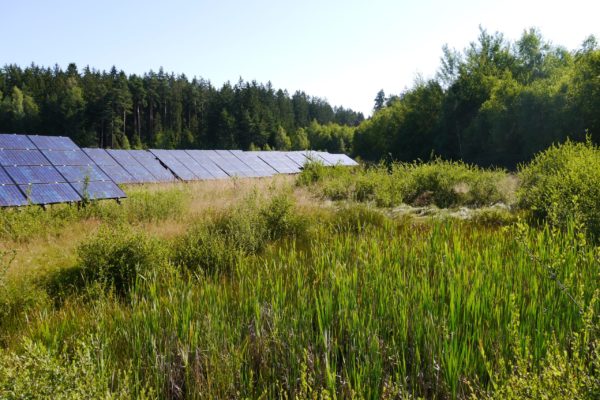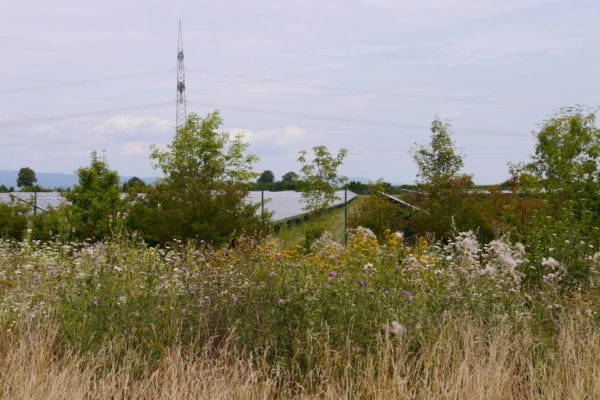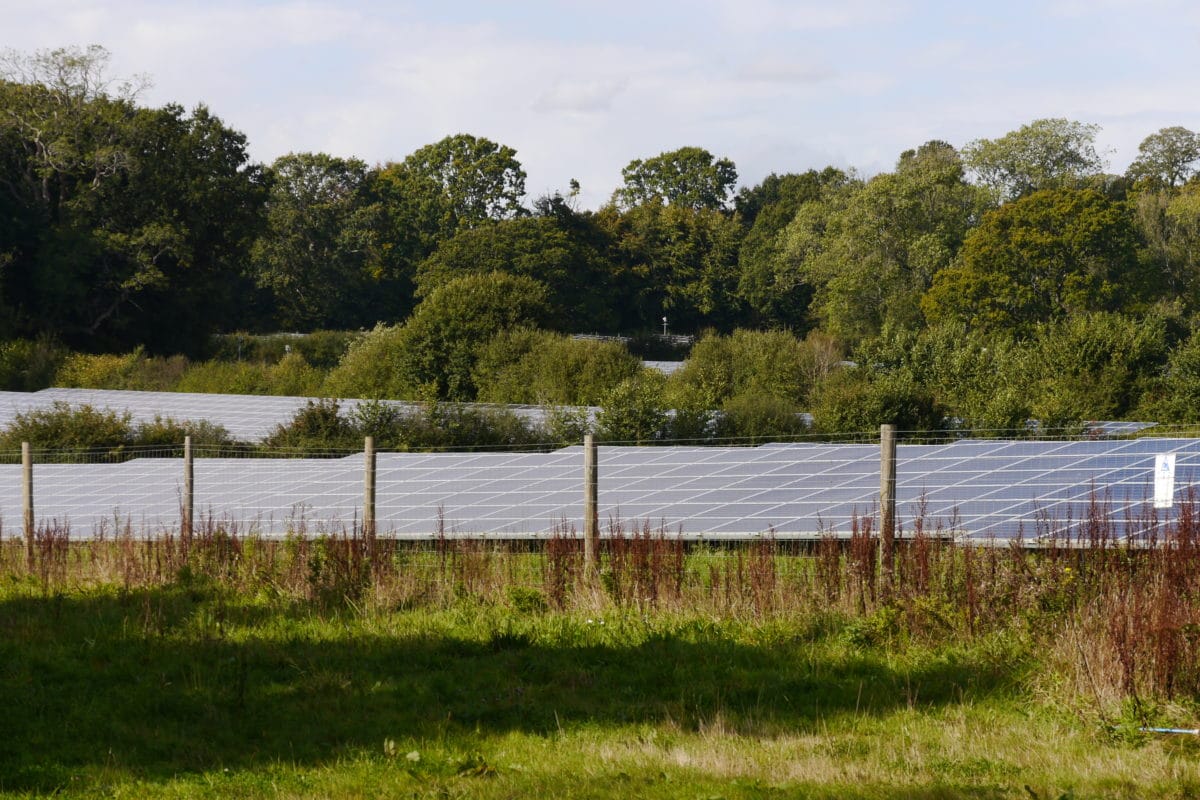Scientists from Wageningen University & Research in the Netherlands have proposed a new approach to help mitigate societal concerns about utility-scale solar plants and issues related to visual impact, competition for land, and end-of-life concerns.
“All three aspects are contemporary concerns of solar power plants, with visual impact and land-use competition currently more at the forefront of local debates,” researcher Dirk Oudes told pv magazine.
In their study, which was recently published in Renewable and Sustainable Energy Review, the academics used the “solar landscape” concept to designate a combined spatial arrangement of solar power plant and land. They sought to identify the kinds of PV projects that may have innovative characteristics in terms of spatial properties, which they referred to as “frontrunner” solar power plants.
“Insights in the innovative properties of these frontrunner cases constitute a vital contribution to the debate on how societal concerns about solar power plants can be resolved,” they said.

In particular, the researchers looked at the visibility, multi-functionality, and temporality of 11 solar parks in the Netherlands, the United Kingdom, Germany, and Italy, for which visibility was reduced in all cases. Nine of the projects were built on former agricultural sites, while the other two were built on brownfield sites.
For each project, the research team relied on spatial and document analysis, as well as field observations. They also examined solar infrastructure and landscape features. The concept of visibility is expressed by the ratio of the outer edge of the solar project that is visible, partly visible, or invisible.
“Depending on the height of the modules, landscape type, and clever addition of new vegetation, also large-scale solar power plants can be largely hidden from view,” Oudes explained. “Our study showed that cases of 50 MW and higher, which means a surface of 80 hectares and more, could be comparably invisible with smaller-scale cases.”

However, the installed capacity is not a reliable indicator for scale, per se. “The spatial footprint of the installed capacity can differ significantly if the spacing between arrays is increased or decreased, as some of the examples in our study show,” Oudes said.
The scientists also tried to understand the multiple services and functions that solar landscapes can provide. They were able to identify three major typologies, including multi-functionality beneath the arrays, patch multi-functionality, and adjacent multi-functionality next to patches. The scientists also said that temporality should be considered in three different stages: inclusion of existing features of the host landscape, active management during operation and maintenance, and decommissioning.
The researchers found that all of the plants were built for maximum electricity generation, with 10 of them being east-west oriented arrays facing south. The eleventh one relied on a single-axis tracker with a north-south oriented design. Reducing optimization for high energy yields therefore could be a feasible way to improve an installation's spatial properties, they said.
“Alternative array orientation may support maintaining existing landscape patterns and, simultaneously, reducing peak load on the electricity grid,” the researchers explained. “This comparative analysis highlights the need to address emerging trade-offs between spatial properties and to discern between different types of solar landscapes.”
The scientists said that a project's visibility is not negative, per se, and noted that recreational areas with clear views on solar infrastructure could also be created.
“Although the relationship between visibility and social acceptance is beyond the scope of our research, I would argue the degree of visibility should be considered in relation to local landscape characteristics and this may support social acceptance in the long term,” Oudes told pv magazine. “For example, cases in our research show that visibility can be reduced using topography/relief or expanding existing hedgerows or other green infrastructure.”
Such an approach might not result in a 100% hidden solar power plant, but it would preserve or even enhance the current landscape and could thus be beneficial for landscape development, he said. In contrast, new vegetation such as trees in open landscapes could hide a solar power plant, while drawing more attention to landscape changes.
“Visibility can be framed positively as well: our study showed five cases that deliberately increase visibility,” Oudes said. “In short, both the siting and the design are important to address visual impact.”
A recent study from the University of Ljubljana in Slovenia looked at how perceptions of landscapes can be changed by the presence of large-scale solar plants. The researchers found that solar projects are perceived as ambiguous objects, as participants have assessed both their costs and benefits, without being sure of which of the two aspects is most important.
Participants with idyllic views of rural landscapes tend to oppose the presence of PV installation, while those who see land in a more utilitarian way did not perceive solar parks as being in opposition to the surrounding landscape, the Dutch researchers said.
“The results provide evidence on the interdependence of visual and non-visual factors and suggest improvements in planning and design of solar power plants,” they concluded.
This content is protected by copyright and may not be reused. If you want to cooperate with us and would like to reuse some of our content, please contact: editors@pv-magazine.com.




1 comment
By submitting this form you agree to pv magazine using your data for the purposes of publishing your comment.
Your personal data will only be disclosed or otherwise transmitted to third parties for the purposes of spam filtering or if this is necessary for technical maintenance of the website. Any other transfer to third parties will not take place unless this is justified on the basis of applicable data protection regulations or if pv magazine is legally obliged to do so.
You may revoke this consent at any time with effect for the future, in which case your personal data will be deleted immediately. Otherwise, your data will be deleted if pv magazine has processed your request or the purpose of data storage is fulfilled.
Further information on data privacy can be found in our Data Protection Policy.